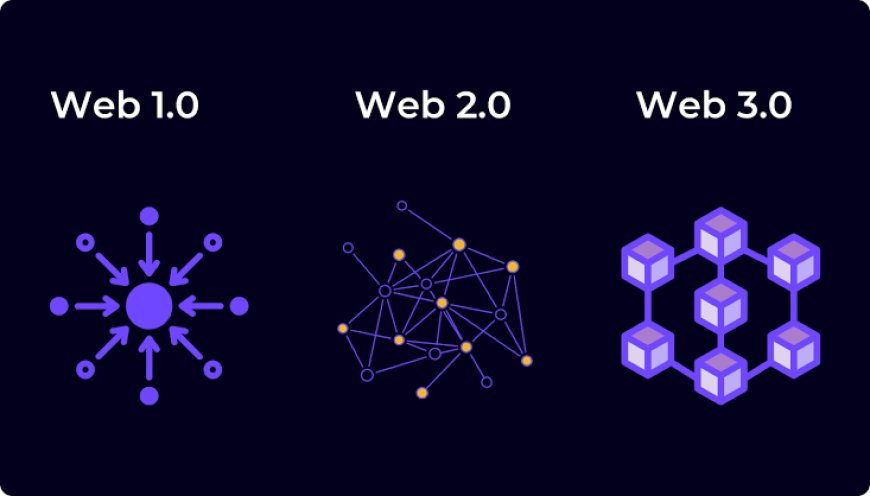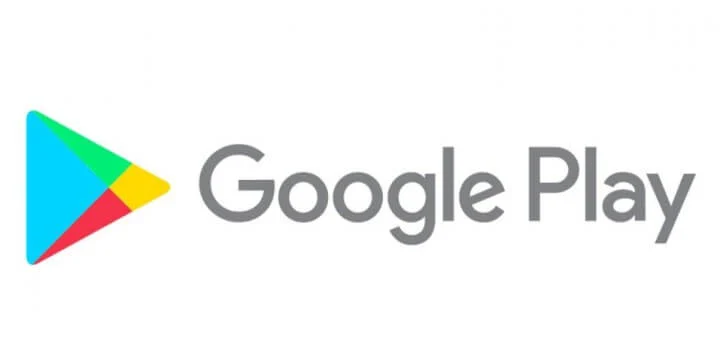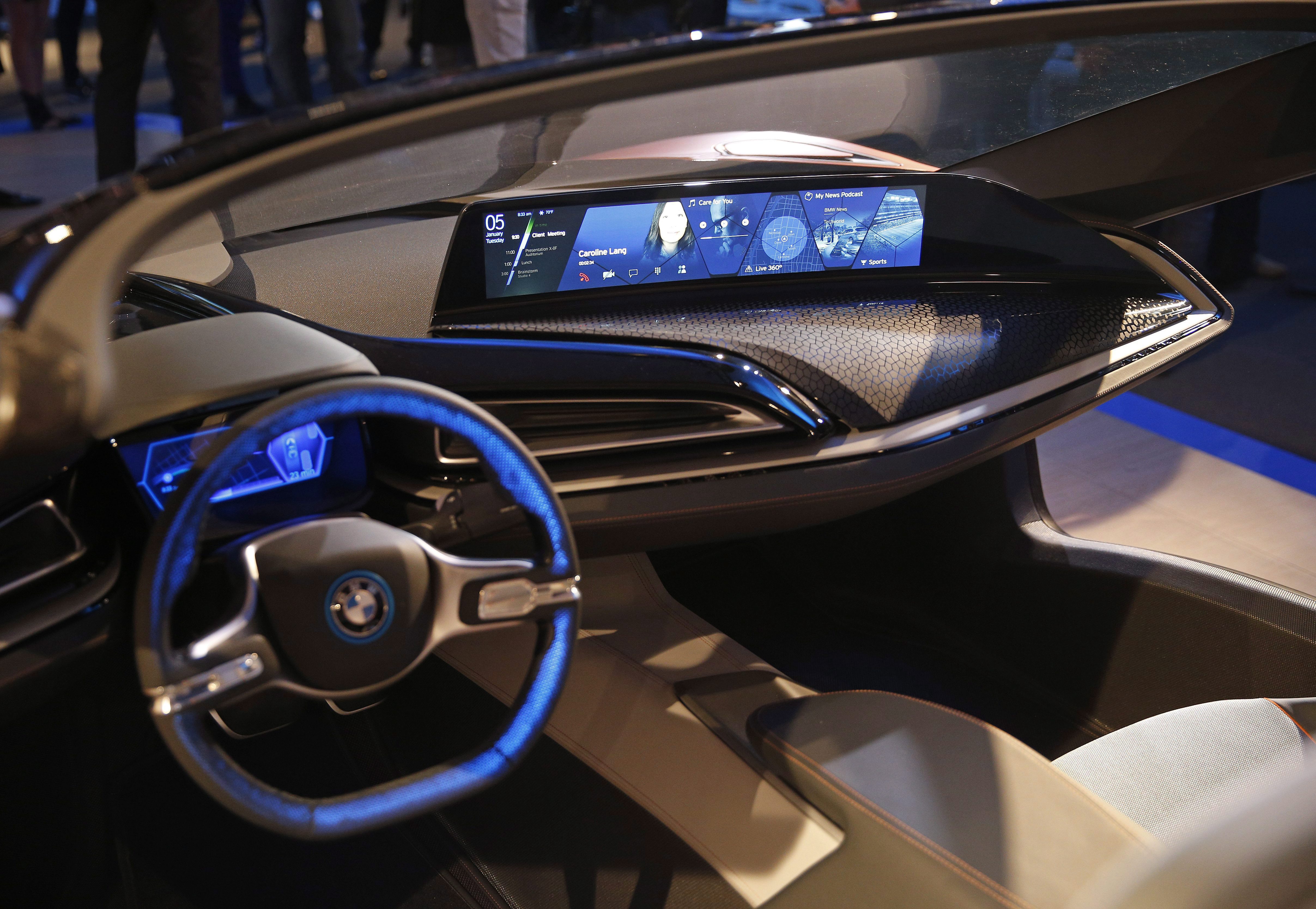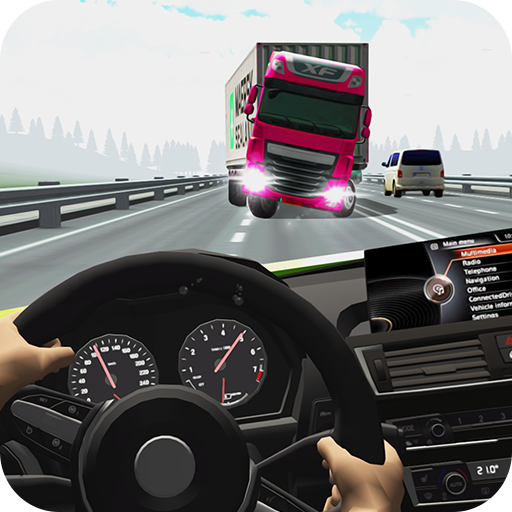What you should know about Web3.0 , web2.0, web1.0
The internet has undergone significant transformations over the years, from the early days of Web1.0 to the current state of Web3.0. Each stage of the internet has brought significant changes to the way we interact with the web, from the way we communicate to the way we conduct business.

The internet has undergone significant transformations over the years, from the early days of Web1.0 to the current state of Web3.0. Each stage of the internet has brought significant changes to the way we interact with the web, from the way we communicate to the way we conduct business. Web3.0 is the latest development in the evolution of the internet, and it is poised to revolutionize how we interact with the web. In this article, we will explore what you should know about Web3.0, its features, functions, and differences from Web2.0 and Web1.0.
What is Web3.0?
Web3.0 is the next stage of the internet's evolution, also known as the decentralized web. It is designed to offer a more immersive, decentralized, and secure web experience. Unlike Web2.0, which introduced user-generated content, social networking, and real-time communication, Web3.0 is built on a decentralized architecture that eliminates the need for intermediaries, such as social media platforms, search engines, and e-commerce sites.
One of the key features of Web3.0 is the use of blockchain technology, which enables secure and transparent transactions without the need for intermediaries. This technology also enables the creation of decentralized applications (DApps) that can be built on top of blockchain networks. DApps are designed to be more secure, transparent, and efficient than traditional web applications.
Differences between Web3.0 and Web2.0:
Web2.0, also known as the social web, is characterized by the rise of social media platforms, real-time communication, and user-generated content. It introduced a more interactive and collaborative web experience, where users could create, share, and interact with content in real-time. However, Web2.0 is centralized, with platforms like Facebook, Twitter, and Instagram controlling the flow of information and user data.
Web3.0, on the other hand, is decentralized, with blockchain technology enabling secure and transparent transactions without intermediaries. It also introduces the concept of the semantic web, where machines can understand and interpret the meaning of data, making it easier to access and use. Web3.0 aims to create a more immersive and interactive web experience by enabling the creation of decentralized applications (DApps) that can be built on top of blockchain networks.
Differences between Web1.0 and Web2.0:
Web1.0, also known as the static web, was the first stage of the internet's development. It consisted of static web pages that were created and maintained by developers. It was a one-way communication system where users could only consume information but could not interact with it. Web1.0 was also limited in terms of the types of content that could be created and shared.
Web2.0 introduced a more interactive and collaborative web experience, allowing users to create and share content in real-time. Social media platforms like Facebook, Twitter, and Instagram made it easy for users to connect and interact with each other. Web2.0 also introduced the concept of user-generated content, where users could create and share their own content. This stage of the internet's development also saw the rise of e-commerce, with platforms like Amazon and eBay changing the way we shop online.
Differences between Web1.0 and Web3.0:
Web1.0 was a static web, where developers created and maintained web pages. It was a one-way communication system where users could only consume information but could not interact with it. Web1.0 was also limited in terms of the types of content that could be created and shared.
Web3.0, on the other hand, is a decentralized web that eliminates the need for intermediaries. It is built on blockchain technology, which enables secure and transparent transactions without intermediaries. Web3.0 also introduces the concept of the semantic web, where machines can understand and interpret the meaning of data, making it easier to access and use. Web3.0 aims to create a more immersive and interactive web experience by enabling the creation of decentralized applications (DApps) that can be built on top of blockchain networks.
Features of Web3.0:
Web3.0 has several features that make it different from its predecessors. Some of these features include:
1. Decentralization: Web3.0 is built on a decentralized architecture that eliminates the need for intermediaries, such as social media platforms, search engines, and e-commerce sites. This makes it more secure and transparent, as there is no central point of control.
2. Blockchain technology: Web3.0 uses blockchain technology, which enables secure and transparent transactions without intermediaries. This technology also enables the creation of decentralized applications (DApps) that can be built on top of blockchain networks.
3. Semantic web: Web3.0 introduces the concept of the semantic web, where machines can understand and interpret the meaning of data, making it easier to access and use.
4. Interoperability: Web3.0 is designed to be interoperable, meaning that different blockchain networks can communicate with each other, allowing for the seamless transfer of data and assets.
Functions of Web3.0:
Web3.0 has several functions that make it different from its predecessors. Some of these functions include:
1. Decentralized applications (DApps): Web3.0 enables the creation of decentralized applications (DApps) that can be built on top of blockchain networks. DApps are designed to be more secure, transparent, and efficient than traditional web applications.
2. Smart contracts: Web3.0 enables the use of smart contracts, which are self-executing contracts that can be programmed to automatically execute when certain conditions are met. Smart contracts can be used to automate complex business processes, reducing the need for intermediaries.
3. Cryptocurrencies: Web3.0 enables the use of cryptocurrencies, which are digital assets that can be used as a medium of exchange. Cryptocurrencies are decentralized and secured by cryptography, making them more secure and transparent than traditional currencies.
Introduction:
Web1.0 and Web2.0 are two terms that are commonly used in the field of web development. These terms refer to two different generations of the web, each with its own set of features and functions. In this article, we will discuss the differences between Web1.0 and Web2.0, the features and functions of each, and what you should know about these two generations of the web.
What is Web1.0?
Web1.0, also known as the "static web," refers to the first generation of the web. This generation of the web was characterized by the use of static HTML pages, which were created and served to users by web servers. These web pages were mostly simple, static pages that provided information to users, but did not allow for much interaction or user-generated content.
Features of Web1.0
The following are some of the key features of Web1.0:
1. Static HTML pages: Web1.0 websites were made up of static HTML pages that provided information to users.
2. Limited interactivity: Web1.0 websites had limited interactivity, meaning that users could not interact with the website beyond clicking links and reading content.
3. Limited user-generated content: Web1.0 websites did not allow for much user-generated content, as most of the content was created and served by website owners.
Function of Web1.0:
The primary function of Web1.0 was to provide information to users. Websites were created to share information about products, services, and other topics of interest to users. However, these websites did not offer much interactivity or user-generated content, and were mostly static and one-way.
What is Web2.0?
Web2.0, also known as the "dynamic web," refers to the second generation of the web. This generation of the web is characterized by the use of dynamic web pages, which are created on-the-fly by web servers in response to user requests. Web2.0 websites are more interactive and user-friendly, and allow for greater user-generated content and collaboration.
Features of Web2.0
The following are some of the key features of Web2.0:
1. Dynamic web pages: Web2.0 websites use dynamic web pages, which are created on-the-fly by web servers in response to user requests.
2. Interactivity: Web2.0 websites offer greater interactivity than Web1.0 websites, allowing users to interact with the website through various means, such as comments, ratings, and social sharing.
3. User-generated content: Web2.0 websites allow for greater user-generated content, meaning that users can create and share content on the website, such as blog posts, comments, and reviews.
Function of Web2.0:
The primary function of Web2.0 is to facilitate greater user interaction and collaboration. Web2.0 websites are designed to be more user-friendly, allowing users to interact with the website and with each other in new and innovative ways. These websites also allow for greater user-generated content, making them more dynamic and engaging for users.
What you should know about Web1.0 and Web2.0:
Now that we have discussed the features and functions of Web1.0 and Web2.0, let's take a look at what you should know about these two generations of the web:
1. Web1.0 and Web2.0 are two different generations of the web: Web1.0 refers to the first generation of the web, while Web2.0 refers to the second generation of the web.
2. Web1.0 websites are static and one-way: Web1.0 websites are primarily one-way, providing information to users without much interactivity or user-generated content.
3. Web2.0 websites are more interactive and user-friendly: Web2.0 websites offer greater interactivity and user-generated content, making them more engaging and dynamic for users.
4. Web2.0 allows for greater collaboration and user interaction: Web2.0 websites are designed to facilitate greater collaboration and user interaction, allowing users to interact with the website and with each other in new and innovative ways.
Conclusion:
In conclusion, Web1.0 and Web2.0 are two different generations of the web, each with its own set of features and functions. Web1.0 websites are primarily one-way, providing information to users without much interactivity or user-generated content. Web2.0 websites, on the other hand, are more interactive and user-friendly, allowing for greater collaboration and user-generated content. It is important to understand the differences between these two generations of the web in order to develop effective web strategies and create engaging websites that meet the needs of today's users.
Web3.0 is the next stage of the internet's evolution, designed to offer a more immersive, decentralized, and secure web experience. It is built on blockchain technology, which enables secure and transparent transactions without intermediaries. Web3.0 introduces the concept of the semantic web, where machines can understand and interpret the meaning of data, making it easier to access and use. Web3.0 enables the creation of decentralized applications (DApps) that can be built on top of blockchain networks, making them more secure, transparent, and efficient than traditional web applications. As the internet continues to evolve, Web3.0 is poised to revolutionize how we interact with the web.
What's Your Reaction?




























































































